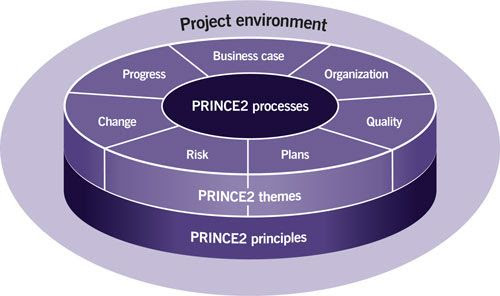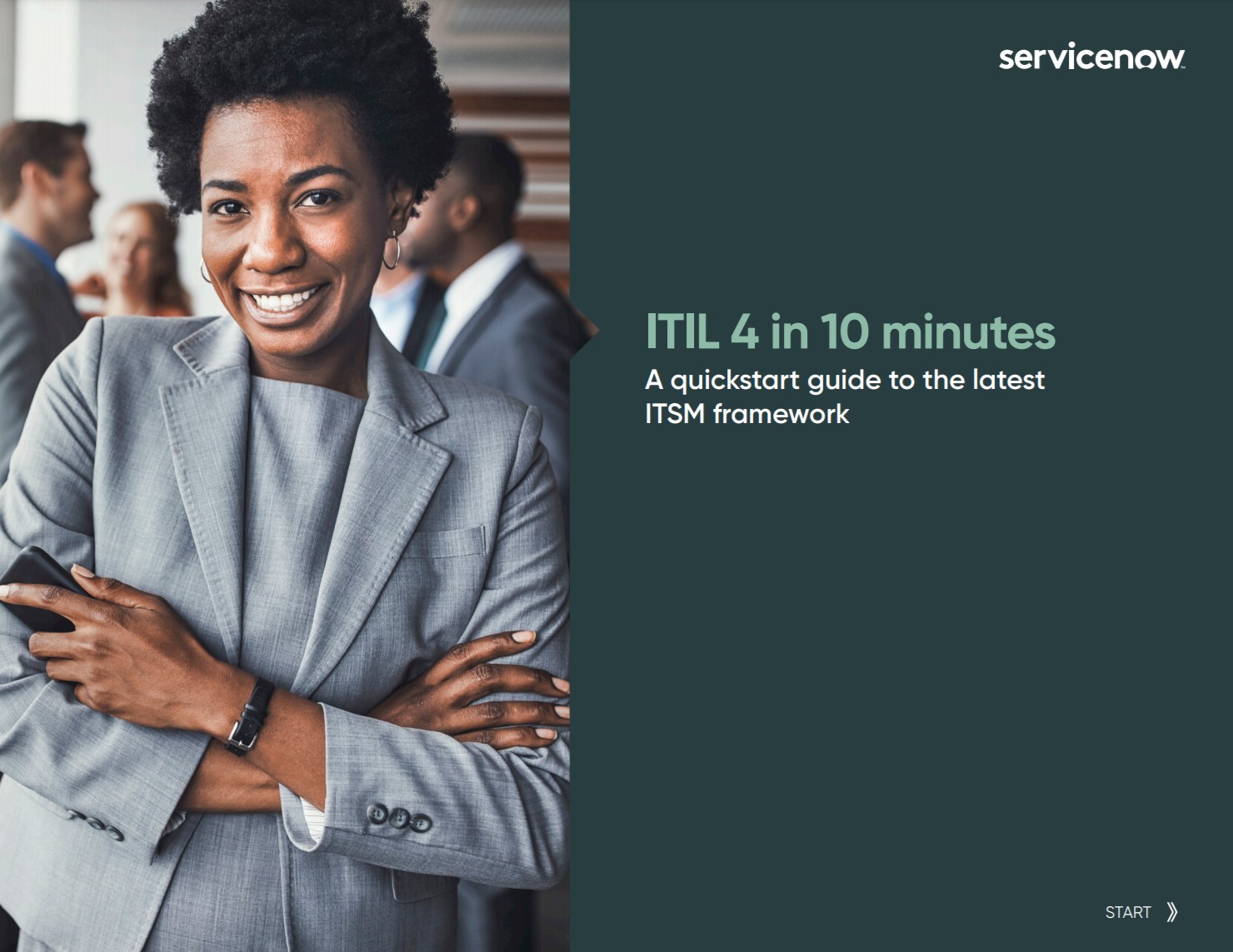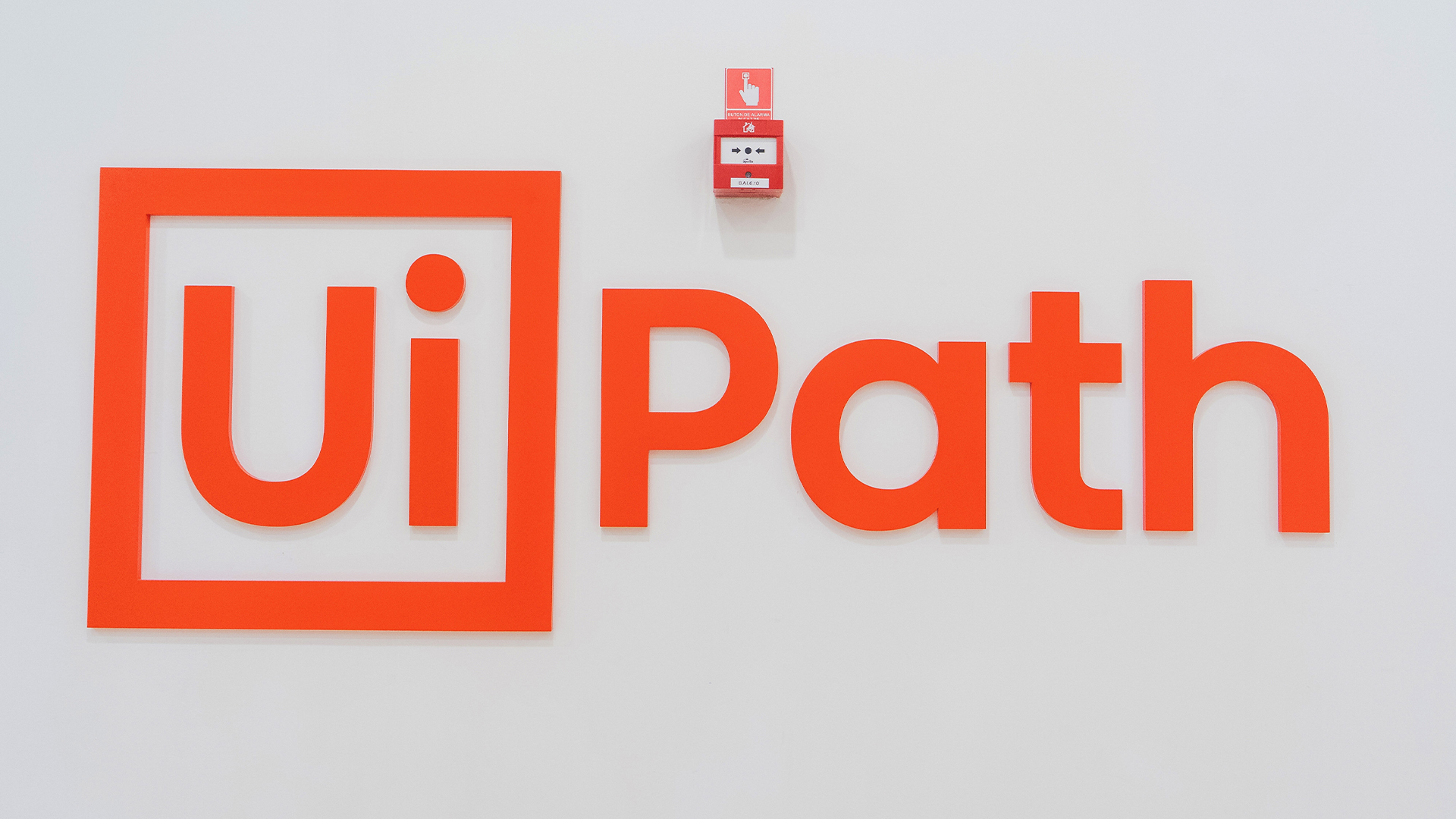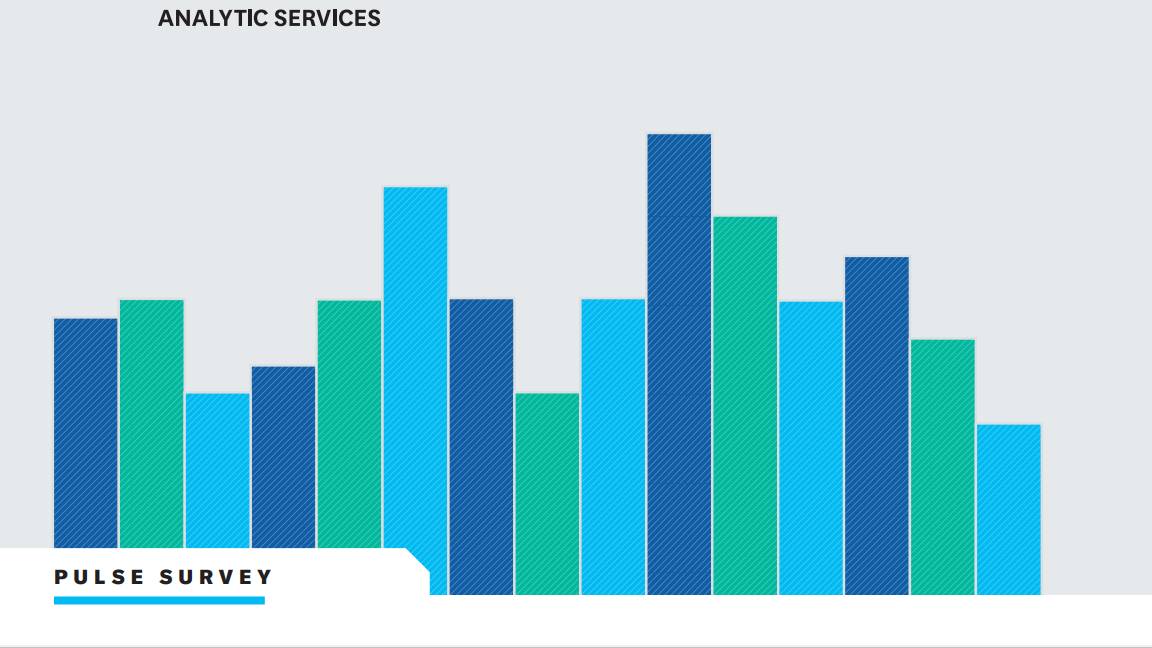What is PRINCE2?
We take a closer look at the project management framework

The role of a project manager is to manage business projects and make sure every objective is met on time and within the agreed budget. There are a number of frameworks that help guide the planning and strategy around delivering such projects but PRINCE2 is one of the most flexible.
Fully compatible with agile delivery, PRINCE2 is also one of the more versatile frameworks out there too, with the ability to be applied to projects in a range of industries and tailored to each project’s individual criteria.
Seven key principles, sometimes referred to as ‘obligations’, define a PRINCE2 project and every one must be applied at all stages throughout. Without sticking to the seven core principles of PRINCE2, you don’t have a true PRINCE2 project.
Public sector projects run by the UK government back in the 1990s are thought to have initially championed the methodology first owned and created by the Central Computer and Telecommunications Agency (CCTA). Since its acquisition in 1996, the PRINCE2 framework has been owned and developed further by AXELOS which also created, and still maintains, the methodology’s official documentation.
According to AXELOS, PRINCE2 is hugely popular worldwide with more than 1 million certified practitioners across more than 150 countries. It’s available to learn in 18 different languages, can be used in a number of roles and once you pass the course, PRINCE2 practitioners receive a globally recognised certification to use their skills abroad, should they wish to take their skills into their company’s global offices.
PRINCE2 Principles

Copyright 2017 AXELOS Limited. All rights reserved.
PRINCE2 is classified as a ‘principles-driven’ project management methodology, built around the idea of seven principles interacting with seven themes and seven processes. These principles are designed to be universal in their application, able to be shaped to fit any project regardless of scope, application, language, or culture.
Sign up today and you will receive a free copy of our Future Focus 2025 report - the leading guidance on AI, cybersecurity and other IT challenges as per 700+ senior executives
The seven principles are:
- Business justification: the weighing of risks against potential benefits
- Learning from experiences: building upon mistakes from previous projects
- Defined roles and responsibilities: a clear organisational hierarchy - team managers that handle the day-to-day tasks, who report to project managers, who in turn report to an overriding executive board
- Managed by stages: provide control points for the board to review progress to assess justification. Authority for managing the stages is delegated to the project manager
- Managing by exception: the idea that authority should be delegated using 'tolerances' - threshold ranges for cost, time, quality, scope and benefits of a project
- Focus on products: agreement on the amount and quality of the product being delivered should form the basis of any project and its reports
- Tailor to the environment: PRINCE2 is generic by default, and needs to be tailored depending on risk, complexity, project size and importance
These form the fundamental philosophies that project managers should consider when approaching a task. However, the overall framework relies on the interaction between these principles, and what are considered 'themes' and 'processes', both of which are also split into seven elements.
PRINCE2 Themes
PRINCE2 practitioners can view the seven core themes in a similar way to the seven principles, in that each must be considered at every stage of the project. The themes represent the considerations project managers must make when choosing the optimum strategy of the project to achieve its goals most efficiently.
In fact, they help coordinate any priorities identified in the planning process as well as make sure that the team members involved all have the same idea in mind, especially when it comes to keeping deadlines and staying within budget. Simply put, themes should be interpreted as the most basic commandments for the project’s best practice.
The main themes worth considering when planning out a project are issues such as:
- Costs and benefits, which is a classic business case pitch
- Organisation (the maintenance of a clear hierarchy of reporting)
- Product quality (a focus on the product itself)
- Plans (regular reporting between team members)
- Risk (a clearly-defined plan for risk management)
- Change (a comprehensible structure for facilitating amendments to the products)
- Progress (the continued communication about the progress of the project).
PRINCE2 Processes
While we compared the above-mentioned themes to commandments that should be strictly followed, the processes function as descriptors to the particular activities and stages which comprise a project. What's more, they should also name specific persons who will be responsible for making sure that they are handled correctly and in a timely manner. These include the following:
- Starting up a project: initial information is filtered to the project executive board, so they can filter out good ideas from the bad
- Directing a project: regular points within a project for the board to decide whether it has continued business justification
- Initiating a project: this sets out the firm foundations for the project; it's when the project plan and the detailed business case are written, as well as strategies for managing risks, communication, and quality
- Controlling a stage: performed regularly by the project manager, it involves dictating the various responsibilities, including allocating work to teams, managing risks, and ensuring the subsequent stages remain within tolerances
- Managing product delivery: during this stage, all the specialist products are designed, built and checked to ensure they conform to the requirements
- Managing a stage boundary: performed by the project manager at the end of each stage, this prepares the information required by the board to help them decide whether to continue
- Closing a project: involves gaining agreement from the users and operation teams that the products are satisfactory. It is also an opportunity for the project managers to report on the achievements of the project and any follow-up actions required
The Principles, Themes, and Processes combine to form a highly structured roadmap that a project is able to follow in order to meet its goals, as well as ensuring a high level of visibility and frequent opportunities to assess progress and make changes.
PRINCE2 Certification
RELATED RESOURCE

Since its conception almost three decades ago, PRINCE2 has grown to be one of the most widely-used project management methodologies in the world, making it an established and acclaimed certification with a multitude of benefits for its holders. Its flexibility and universal application has made it an attractive tool for companies undergoing change, particularly through businesses transformation. If you're looking to go into project management, a PRINCE2 certification looks great on a CV. But depending on the type of project you're looking to manage, you might be better served by an agile methodology. Check out our article here for how to generate buy-in for an agile approach.
AXELOS operates its own exam-based certification programme available through its website. However, there are hundreds of accredited course providers throughout the UK, offering opportunities to learn either online or through weekend classes - just be sure to look out for the AXELOS accreditation badge.
Dale Walker is a contributor specializing in cybersecurity, data protection, and IT regulations. He was the former managing editor at ITPro, as well as its sibling sites CloudPro and ChannelPro. He spent a number of years reporting for ITPro from numerous domestic and international events, including IBM, Red Hat, Google, and has been a regular reporter for Microsoft's various yearly showcases, including Ignite.
-
 Trump's AI executive order could leave US in a 'regulatory vacuum'
Trump's AI executive order could leave US in a 'regulatory vacuum'News Citing a "patchwork of 50 different regulatory regimes" and "ideological bias", President Trump wants rules to be set at a federal level
-
 TPUs: Google's home advantage
TPUs: Google's home advantageITPro Podcast How does TPU v7 stack up against Nvidia's latest chips – and can Google scale AI using only its own supply?
-
 UK firms are pouring money into AI, but they won’t see a return on investment unless they address these key issues
UK firms are pouring money into AI, but they won’t see a return on investment unless they address these key issuesNews An SAP report projects increased AI investment, but cautions that too many organizations are taking a fragmented approach
-
 Intel makes high-level hires while factory workers are warned of layoffs
Intel makes high-level hires while factory workers are warned of layoffsNews The company is appointing four senior executives as part of efforts to refocus on engineering and customer relationships
-
 UiPath names Simon Pettit as new AVP for UK and Ireland
UiPath names Simon Pettit as new AVP for UK and IrelandNews The seasoned leader will spearhead region-specific transformation projects as UiPath looks to drive operational growth and customer engagement
-
 2024 State of procurement report
2024 State of procurement reportWhitepaper The trends shaping the future of business buying
-
 Digital optimisation paves the way to strategic supplier management
Digital optimisation paves the way to strategic supplier managementWhitepaper Procurement’s role as a strategic driver
-
 A new era in direct store delivery AI-powered solutions for seamless business process and profitable portfolio
A new era in direct store delivery AI-powered solutions for seamless business process and profitable portfolioWhitepaper SAP + IBM Consulting
-
 The small and medium business guide to buying
The small and medium business guide to buyingWhitepaper Optimising purchasing to save in 2024
-
 Move your organisation forward by refining your strategic procurement plans
Move your organisation forward by refining your strategic procurement plansWhitepaper An Executive’s Guide to Purchasing in 2024